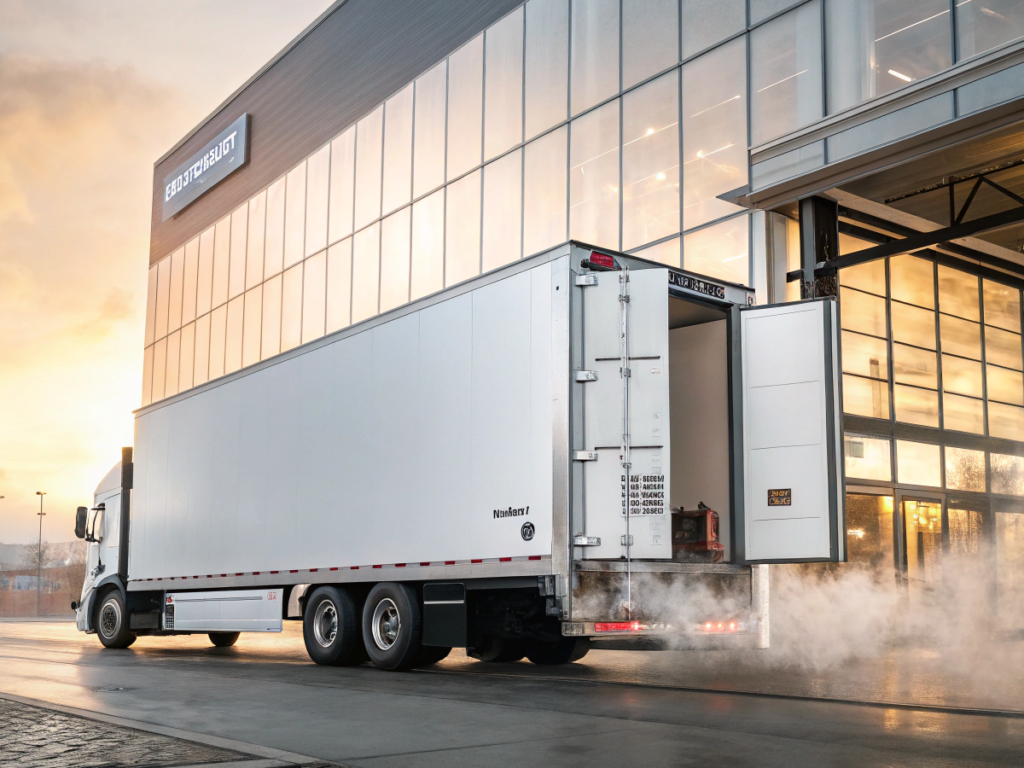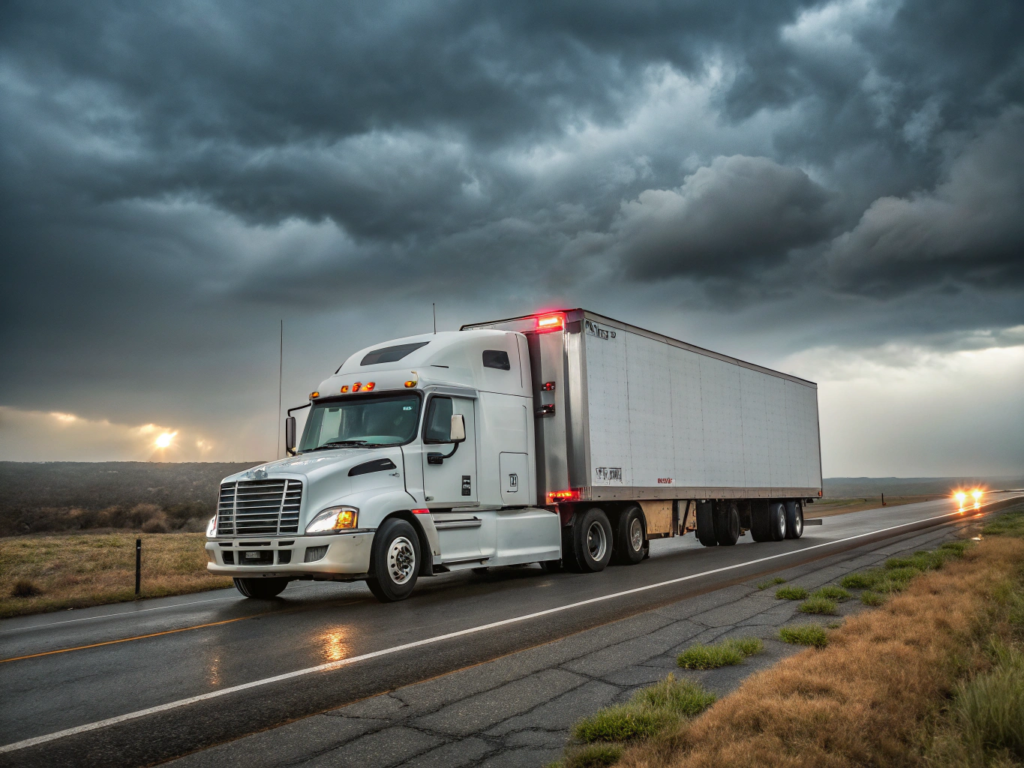
A failing fuel solenoid valve can cause breakdowns, fuel waste, and service delays. This issue often starts small—but can quickly get serious.
When a fuel solenoid valve won’t hold properly, it’s usually due to internal contamination, coil failure, or pressure-related issues.
One of my customers once called me from a truck stop—his refrigeration unit wouldn’t start. Turns out, the solenoid wasn’t closing tight. That story stuck with me.
What causes a fuel solenoid valve to lose holding pressure?
This is usually the first sign of a deeper problem inside the valve or the system.
Most of the time, it's due to wear on the plunger seal, coil degradation, or clogging inside the valve seat.

Typical Mechanical Weak Points
The fuel solenoid is a precision component. Over time, mechanical wear can reduce the magnetic holding force or cause the plunger not to seat properly.
| Problem | Cause | Effect |
|---|---|---|
| Worn Plunger Seal | Heat + fuel chemical exposure | Valve won’t fully close |
| Spring Fatigue | Repeated on/off cycles | Plunger does not return |
| Deformed Valve Seat | Dirt particles or vibration damage | Fuel leakage or delayed close |
The valve "clicks" but doesn't hold. In most cases, it’s the seat or seal that’s been compromised by wear or debris.
Could coil failure cause poor holding performance?
Many overlook the coil—but it's the electrical heart of the solenoid.
Yes, a weak or damaged coil reduces magnetic force, which leads to unstable holding.
How Coil Problems Sneak In
The coil has to generate a magnetic field strong enough to overcome spring tension and fuel pressure. But if it overheats or shorts internally, it can’t perform.
Signs of coil issues:
- Intermittent operation (works when cold, fails when hot)
- Low voltage draw or no magnetic pull
- Coil discoloration or burnt smell
How does contamination inside the solenoid valve affect holding?
Dirt is more dangerous than it looks—especially in tight valve tolerances.
Contamination blocks proper valve sealing and reduces plunger movement, making it fail under pressure.
Fuel System Cleanliness Matters
Contaminants—like metal shavings, carbon deposits, or water—enter the solenoid from dirty fuel or deteriorated fuel lines.
Common entry points:
- Poor-quality filters
- Fuel tank rust
- Hose degradation
I often advise service shops to inspect their filters during every maintenance cycle. A clogged filter upstream can send particles directly to the solenoid seat—causing minor leaks that worsen over time.
Is the issue related to installation or system pressure?
Not every problem comes from inside the valve—external factors matter too.
Yes, incorrect installation angles or inconsistent system pressure can prevent the solenoid from sealing correctly.
What to Check During Installation
Improper mounting can affect gravity return or stress the housing.
| Installation Fault | Result |
|---|---|
| Mounted at wrong angle | Gravity doesn’t help plunger reset |
| Over-torqued fittings | Distorts valve seat or cracks housing |
| Wrong voltage applied | Coil underperforms |
Fuel system pressure also plays a role. If the valve is undersized or if fuel return pressure is unstable, the valve can’t maintain its closed position under load.
One of my distributor partners told me a technician installed a 12V solenoid on a 24V truck. It held—for two weeks—until the coil overheated and failed completely.
Conclusion
Check the coil, seal, and fuel cleanliness first—those are the usual suspects.






